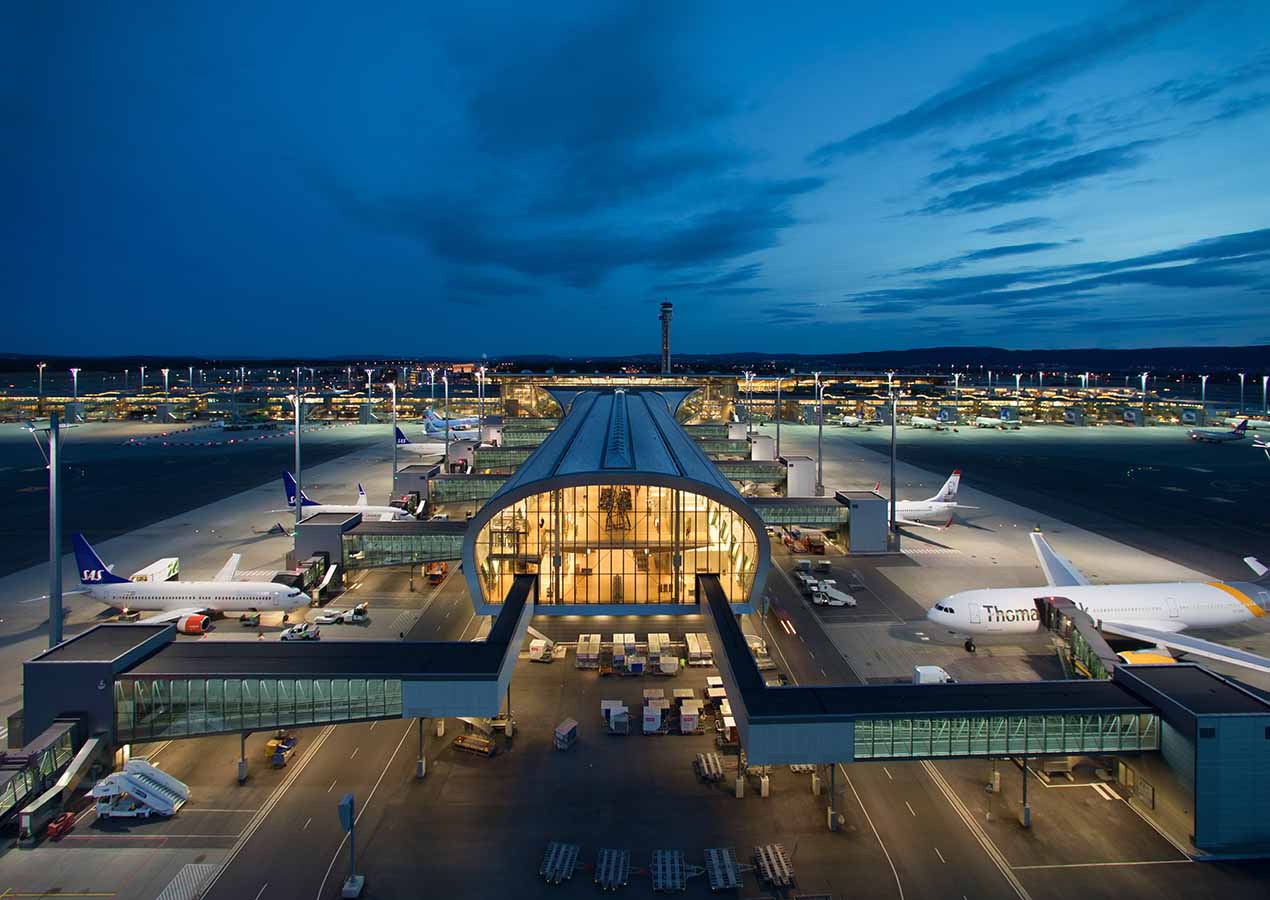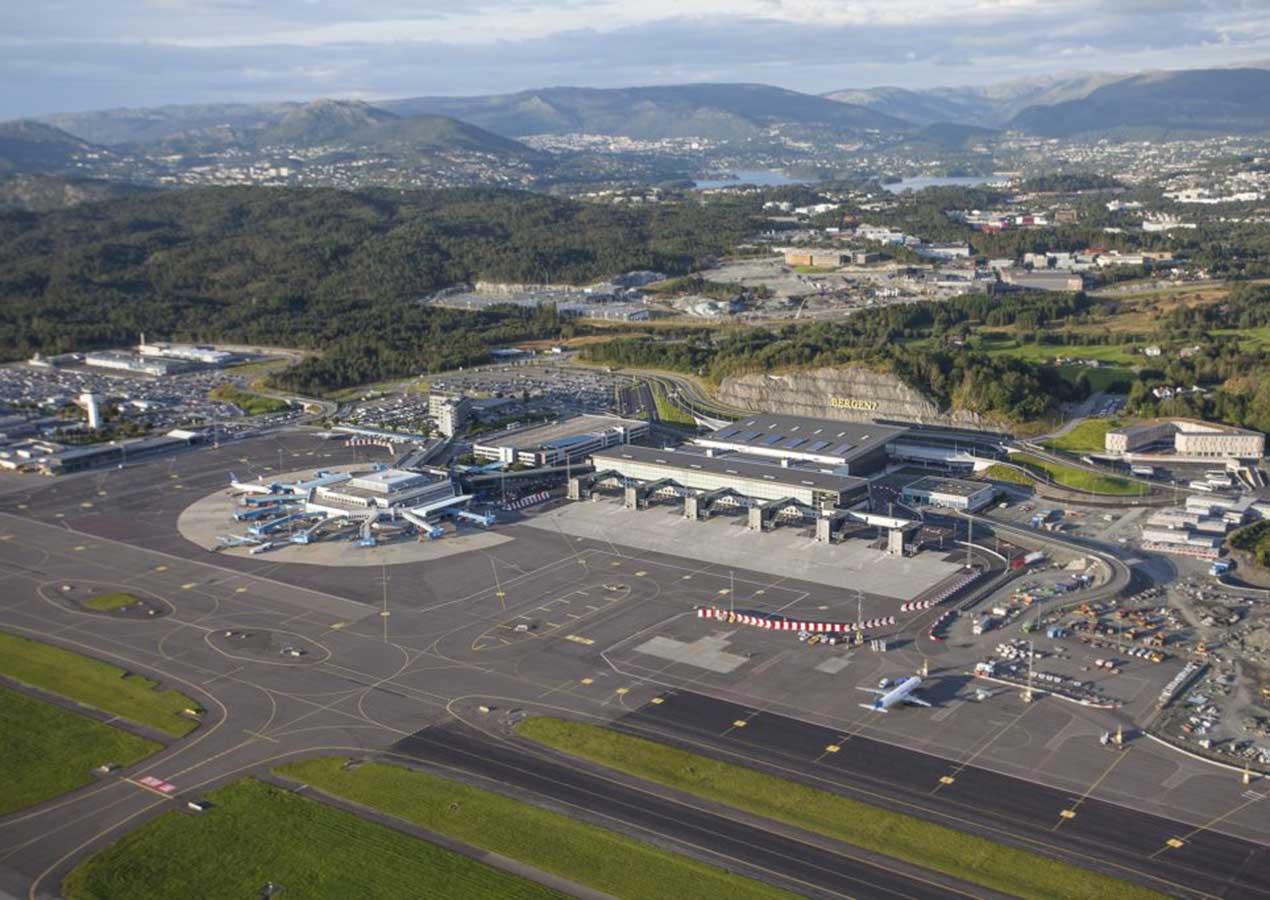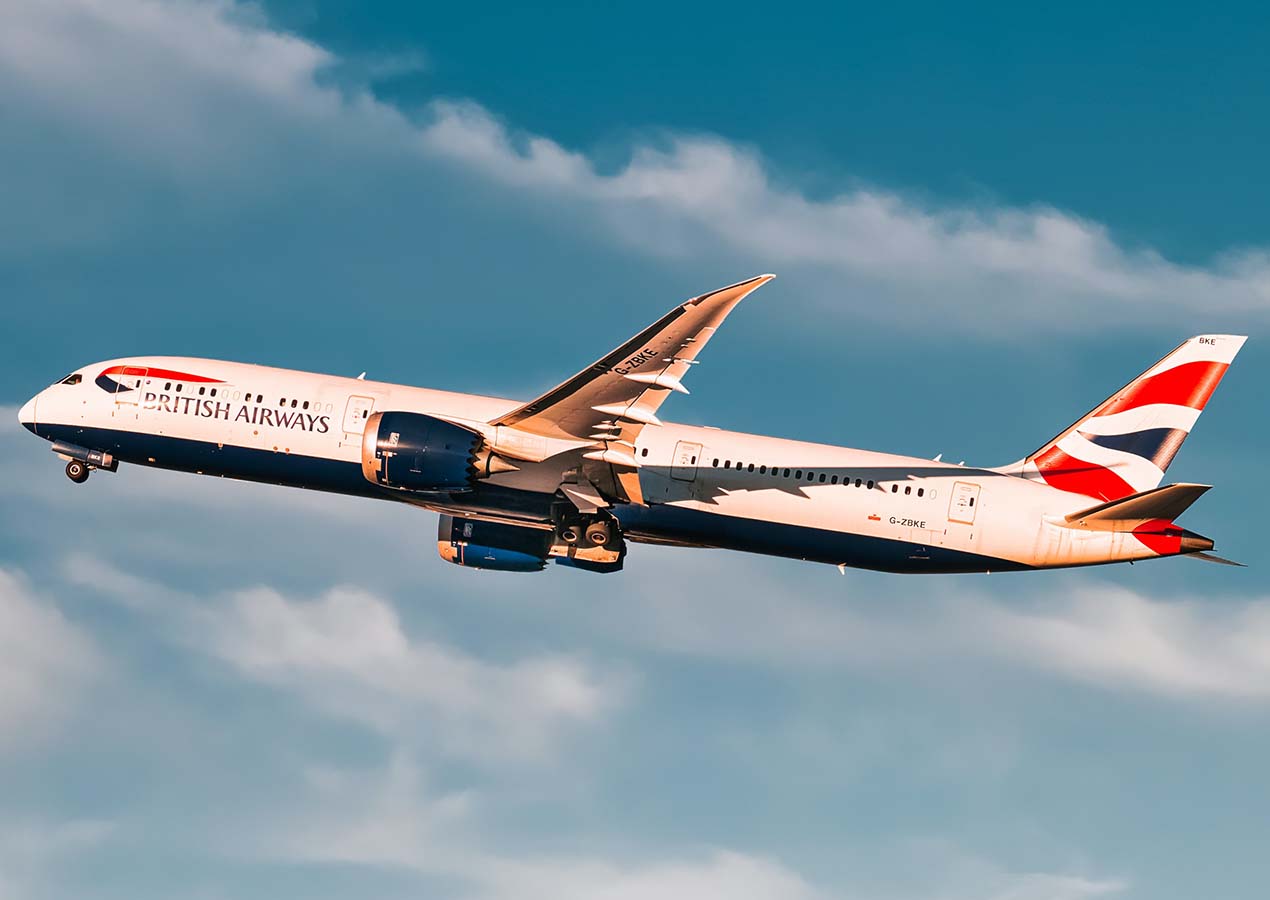Oslo, the capital of Norway, attracts visitors from around the world to explore its rich history, modern urban landscape, and beautiful natural scenery. From the charming Vigeland Sculpture Park to the breathtaking Northern Lights, Oslo is a city full of allure. For travelers coming from Asia, Europe, or America, the most common way to reach Oslo is by international flights. However, long hours of flying can be tiring, and ensuring a comfortable journey is a key concern for many travelers.
1. Choosing the Right Flight and Airline
Flight Times and Selection
Choosing the right flight is the first step in ensuring a comfortable travel experience. Factors like departure city, time, flight duration, and whether the flight is direct or involves transfers can all impact comfort. Here are the key factors to consider when selecting a flight:
1. Flight Duration and Distance
Flights from Asia, the United States, Canada, and other locations to Oslo typically take more than 10 hours. For example, a flight from Beijing or Shanghai to Oslo lasts about 10-12 hours, while a flight from New York takes about 7-8 hours. Long-haul flights can take a toll on your body, so opting for direct flights can effectively reduce travel time and physical strain.
2. Flight Gaps and Avoiding Peak Seasons
Most international flights have fixed departure and arrival times. Depending on your travel schedule, it’s advisable to avoid holidays and peak travel seasons (such as Christmas and summer vacations). During peak seasons, flights tend to be crowded, and ticket prices can rise significantly. If you have flexibility in your travel dates, try to book flights outside of peak periods to ensure a more spacious and comfortable flying experience.
3. Direct vs. Connecting Flights
For long-haul flights, it’s best to choose direct flights whenever possible, as transfers can add to the journey time and cause fatigue. Direct flights are more expensive, but they save time and reduce the discomfort associated with layovers. If a direct flight isn’t available from your departure city, when booking a connecting flight, be sure to allow enough time for your layover, but avoid excessively long waits that could result in fatigue.
Pros and Cons of Major Airlines
When selecting an airline, in addition to ticket prices, it is important to consider the quality of service, aircraft amenities, and flying experience. Here’s a comparison of some international airlines for long-haul flights:
1. Norwegian Air Shuttle
Norwegian Air is a low-cost airline that has gained popularity in recent years and offers direct flights from multiple international cities to Oslo. It is ideal for travelers on a budget.
- Pros:
- Low ticket prices, suitable for budget travelers.
- Convenient direct flights that reduce travel time.
- Basic services that meet essential needs.
- Cons:
- Seat space is relatively narrow, making long flights uncomfortable.
- Food and entertainment facilities are basic.
- Additional charges for luggage and meals.
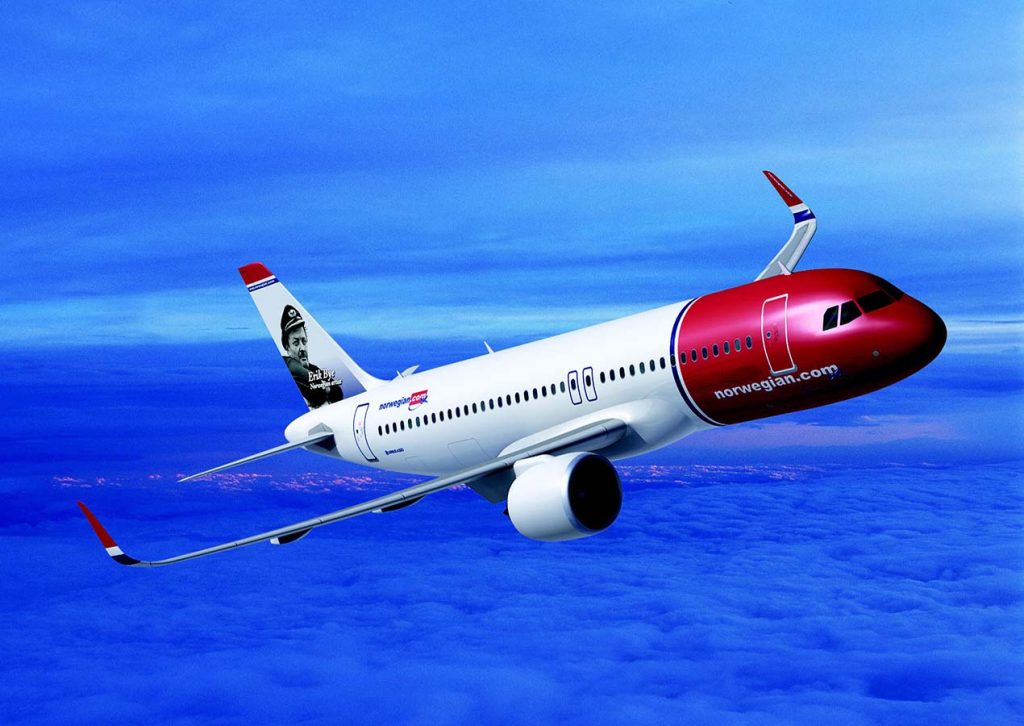
2. Lufthansa
Lufthansa, Germany’s flagship airline, provides high-quality international flight services, making it an ideal choice for those seeking comfort. Its business and first-class services are highly regarded.
- Pros:
- Comfortable business and first-class seats with excellent service.
- Rich entertainment options and impressive dining experiences.
- Multiple direct and connecting flight options for flexibility.
- Cons:
- Ticket prices are relatively high, especially for business and first class.
- Economy class seats are somewhat cramped, more suited for shorter flights.
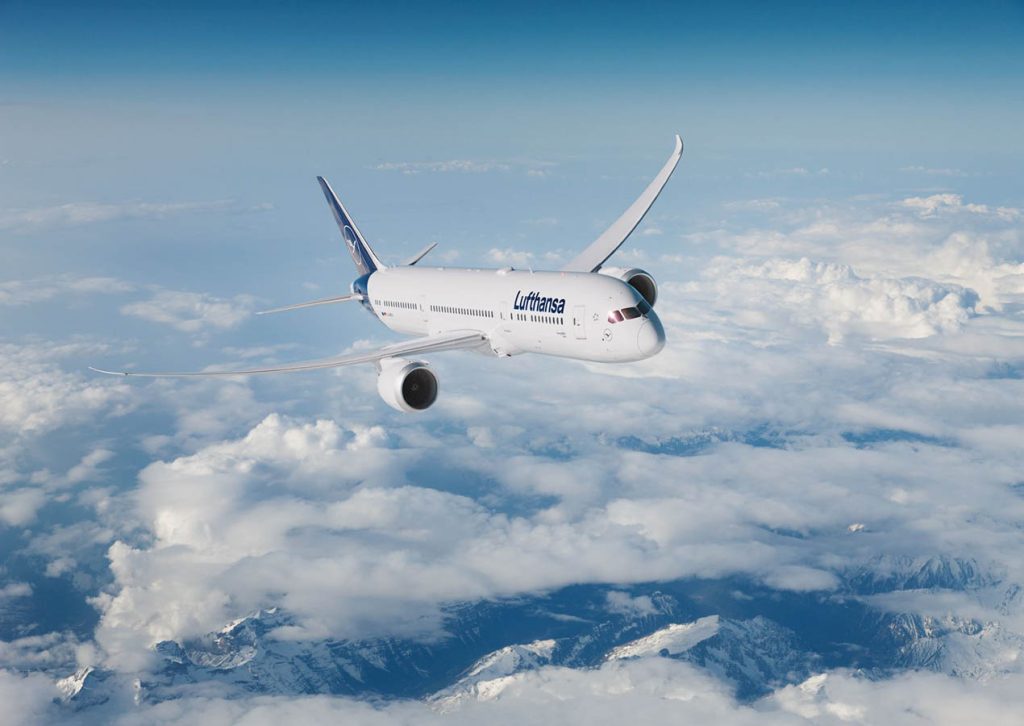
3. Singapore Airlines
Singapore Airlines is an internationally renowned premium airline, known for its top-tier service and luxurious seats, particularly in business and first class.
- Pros:
- Modern aircraft with comfortable seating, especially in business and first class.
- Extensive meal options to accommodate various dietary preferences.
- Exceptional in-flight entertainment and professional service staff.
- Cons:
- High ticket prices, particularly during peak seasons.
- Economy class can be expensive for those on a tight budget.

4. Emirates Airlines
Emirates is renowned for its luxurious service and spacious cabins. Its business and first-class services are considered some of the best for long-haul flights.
- Pros:
- Luxurious service and spacious seats, especially in business and first class.
- Excellent entertainment system and diverse dining options.
- Attentive service and a comfortable flying environment.
- Cons:
- Expensive ticket prices, especially for business and first class.
- Economy class seats are relatively compact, making long flights less comfortable.
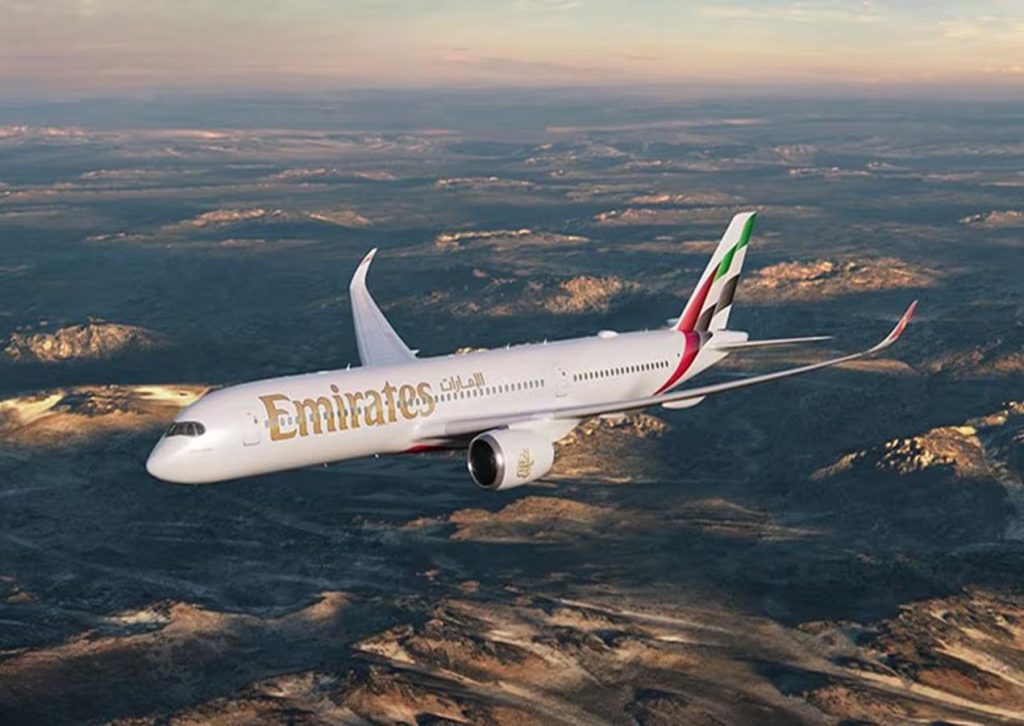
2. How to Choose Comfortable Cabin Seats
The choice of seat on a long-haul flight is crucial for comfort. Seats in different classes vary greatly, and selecting the right one can help alleviate discomfort during the flight.
1. Economy Class Seat Selection
Economy class is the most affordable option, but the space can be quite cramped. Nonetheless, some tips can help enhance comfort:
- Choose an aisle seat: This allows more space to move around, and you can get up to stretch or go to the bathroom without disturbing others.
- Choose a seat towards the front: Seats near the front of the plane experience less turbulence and are served meals earlier.
- Avoid exit row seats: These often have limited reclining space and are less suitable for long flights.
2. Business Class Seat Selection
Business class seats are generally more spacious and can often be converted into a lie-flat position, making it ideal for rest during long flights. When selecting business class seats, you can choose between a window or aisle seat based on your preferences.
3. First Class Seat Selection
First-class seats offer the utmost luxury and space, with most seats converting into fully flat beds. Each seat is typically isolated, offering privacy, and you can choose a seat based on your preference for a window or aisle.
3. How to Enhance Comfort During the Flight
Long-haul flights challenge both endurance and comfort. Here are some tips to help you make your flight more pleasant:
1. Wear Comfortable Clothing
Choosing loose, comfortable clothing and shoes is essential for long flights. Avoid tight clothes, as they can restrict blood circulation and cause discomfort.
2. Stay Hydrated
The air inside the plane is dry, which can lead to dehydration. Make sure to drink plenty of water throughout the flight and avoid caffeinated or alcoholic beverages, as they can worsen dehydration.
3. Move Around
Sitting for long periods can lead to poor circulation and discomfort. Make sure to get up and move around periodically. Stretching your legs and walking a bit will help alleviate discomfort and reduce the risk of blood clots.
4. Bring Headphones and an Eye Mask
Noise-canceling headphones will help block out cabin noise and improve your comfort. If you want to sleep, an eye mask will help block light and allow you to rest more easily.
4. In-Flight Meals and Snacks
Food plays a significant role in enhancing comfort on long flights. Airlines vary in terms of the quality of food, so it’s important to book meals in advance.
1. Pre-Order Special Meals
If you have dietary restrictions (such as vegetarian, gluten-free, or low-salt), be sure to request special meals when booking your flight. Most airlines offer these options to meet your nutritional needs.
2. Choose Healthy Drinks
Opt for water or fruit juice, and try to avoid excessive amounts of coffee, tea, or alcohol, as these can contribute to dehydration.
3. Bring Snacks
If you prefer not to eat the provided meals or need an energy boost, bring healthy snacks such as nuts or energy bars.
5. Resting and Adjusting After Arriving in Oslo
After a long-haul flight, you may feel tired, and adjusting to the new time zone can be a challenge. Here are some tips to help you recover and adjust quickly:
1. Adapt to Local Time
When you arrive in Oslo, try to adjust to the local time as soon as possible. Avoid napping during the day, and adjust your sleep schedule to help your body acclimate to the new time zone.
2. Rest and Relax
Choose a comfortable hotel to ensure you get enough rest and recover before starting your sightseeing. Oslo has many highly-rated hotels offering quality accommodations.
3. Easy Activities
On your first day in Oslo, consider low-key activities such as strolling around the city, visiting museums, or enjoying natural sights. This will help you relax and minimize the fatigue from the flight.
Long-haul flights to Oslo may be one of the most challenging parts of the journey, but with proper preparation, choosing the right airline and seat, and following tips for comfort during the flight, you can easily navigate the journey. You’ll arrive in Oslo energized and ready to explore this fascinating city. We hope the tips in this article will help make your long-haul flight as comfortable as possible, providing a perfect start to your upcoming trip to Oslo.
